World population reaches 8 billion but India seeing a marked slowdown - Check figures
As the world population clock flashed 8,00,00,00,000, the United Nations described the global population reaching the mark as a "remarkable milestone".
The world on Tuesday (November 15, 2022) welcomed its 8th billion inhabitant, a remarkable milestone for humanity that is set to propel India to become the world's most populous country in 2023, surpassing China. As the population clock flashed 8,00,00,00,000 (800 crores), the United Nations (UN) described the global population reaching the mark as a "remarkable milestone" given that the human population numbered under one billion for millennia until around 1800, and that it took more than 100 years to grow from one to two billion. The world reached from seven billion to eight billion in 12 years.
"The growth of our population is a testament to humanity's achievements, including reductions in poverty and gender inequality, advancements in health care, and expanded access to education," the United Nations Population Fund (UNFPA) said.
World population reaches 8 billion (800 crores)

World population projected to reach a peak of around 10.4 billion people by 2080s

India projected to overtake China as world's most populous country in 2023
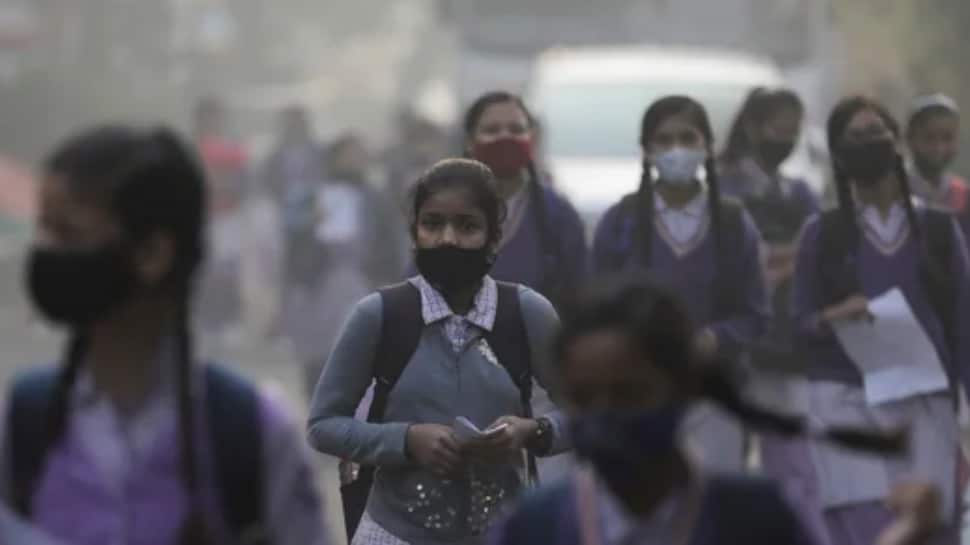
The year 2023 could well be a landmark year for India as it is projected to overtake China as the world's most populous country with prospects to reap the demographic dividend as the median age of an Indian this year was 28.7 years, compared to 38.4 for China and 48.6 for Japan against a global value of 30.3 years, according to official data.
India's population stands at 1.412 billion in 2022
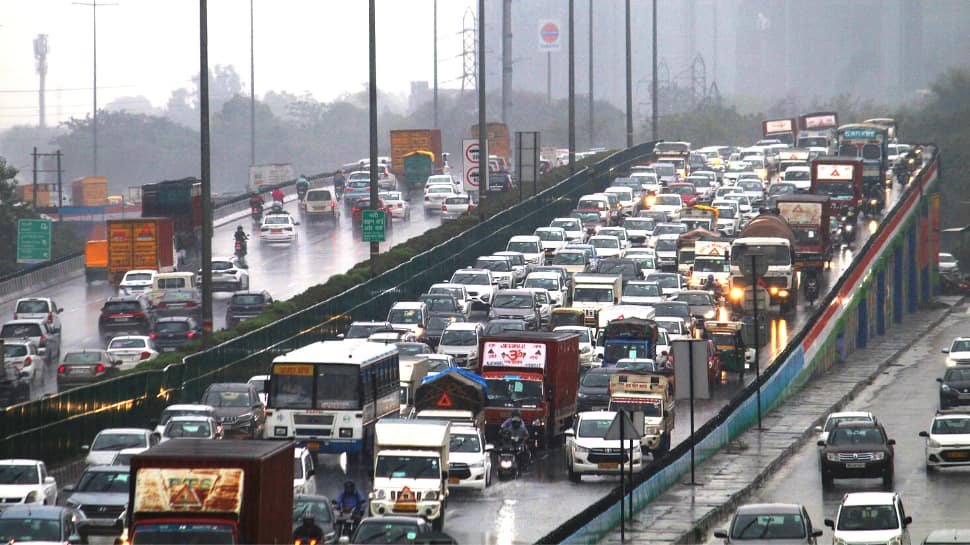
Around 68 per cent of India's population is between 15-64 years old in 2022
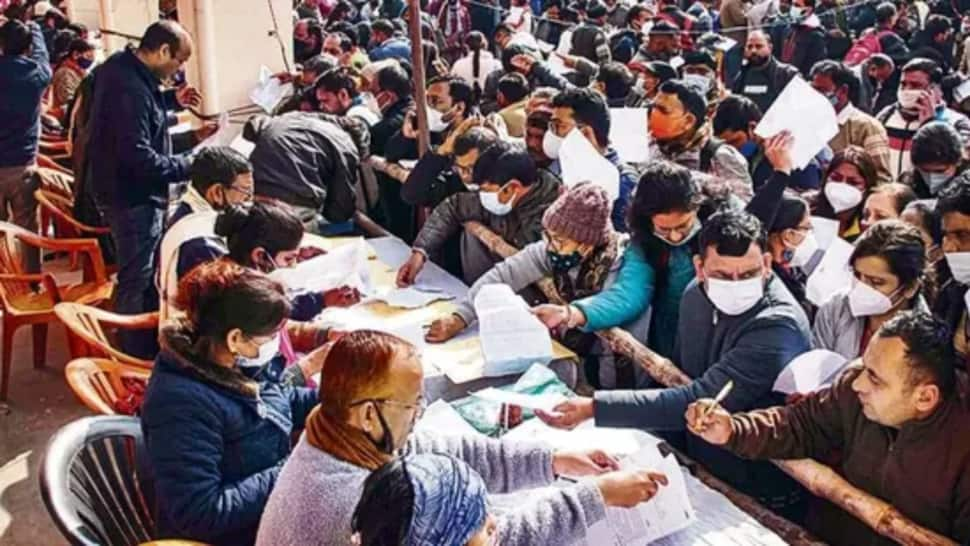
Over 27 per cent of India's population is between ages of 15-29 years
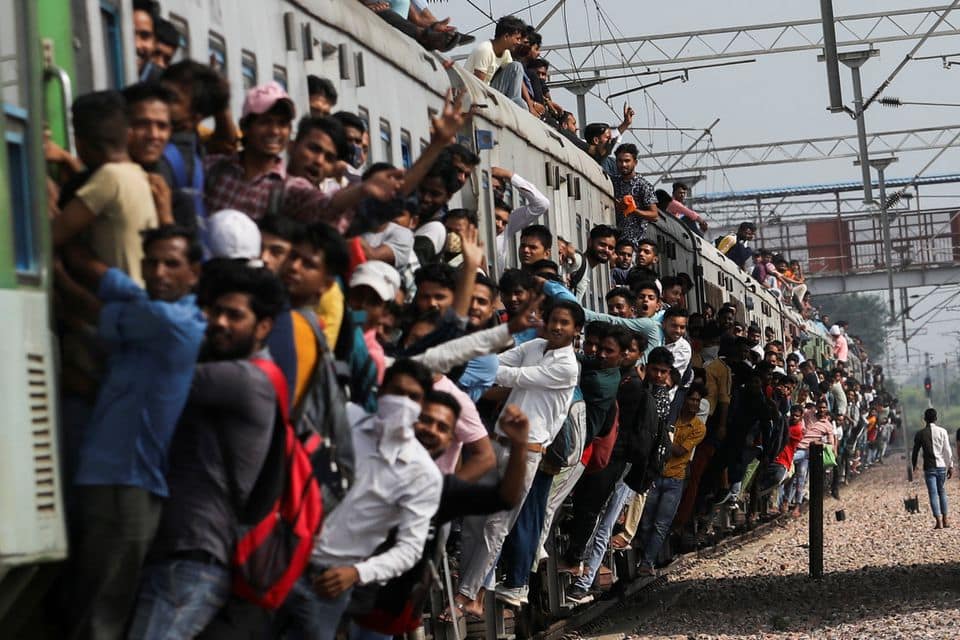
India has its largest ever adolescent and youth population
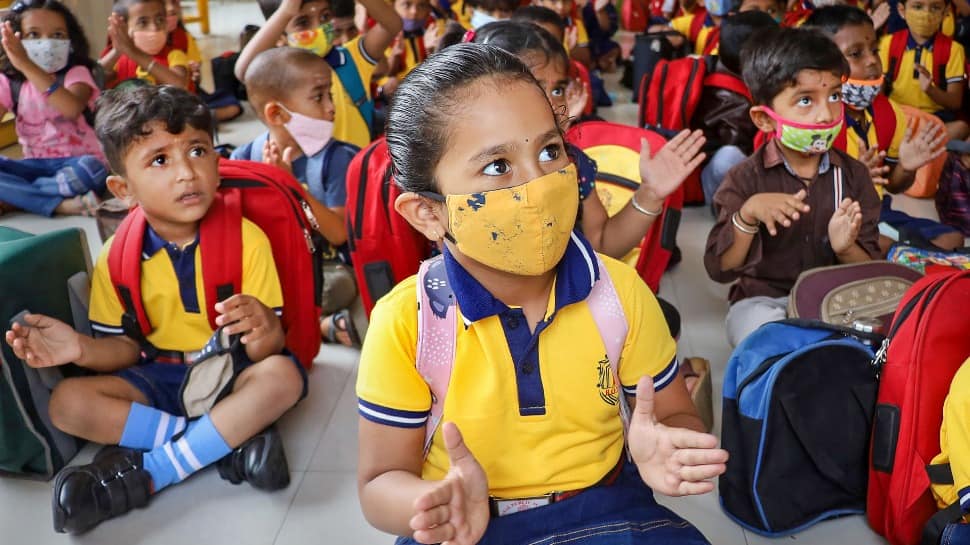
India will continue to have one of youngest populations in world
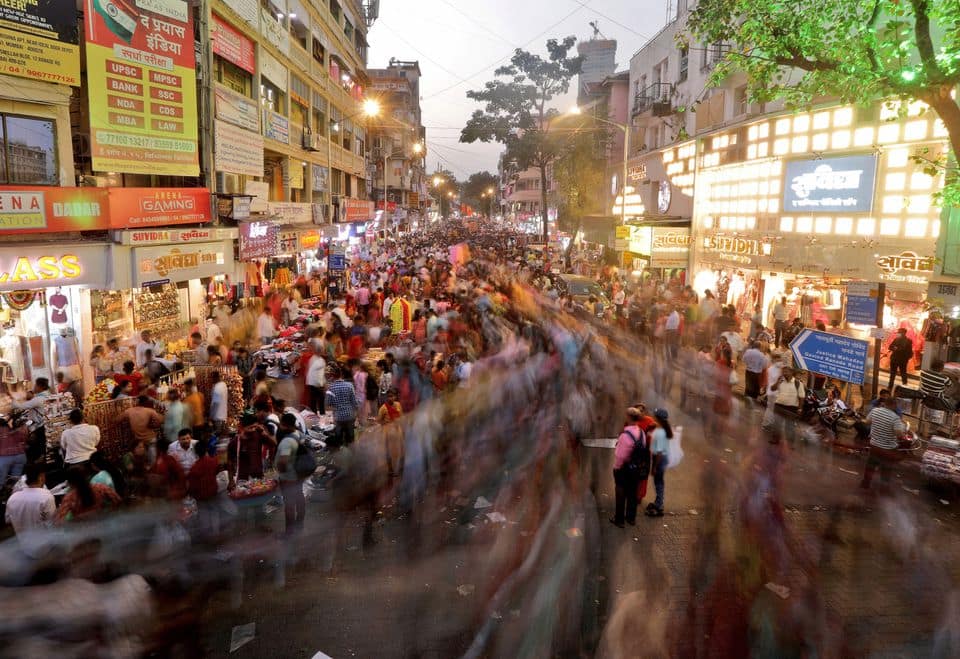
India, however, is experiencing a marked slowdown

India, formerly a powerful driver of the number of people on the planet, however, is experiencing a marked slowdown.
India's annual population growth has averaged 1.2% since 2011, compared with 1.7% in the 10 years previously, government figures show.
Further slowing can be expected. India's total fertility rate (TFR) - children per woman - fell to 2 in the latest assessment period, for 2019-2021, from 3.4 in 1992-93, according to a government report issued last month. It is estimated that the average must be 2.1 for the population to reproduce itself.
Contraceptives, education contributed to decline in fertility rates
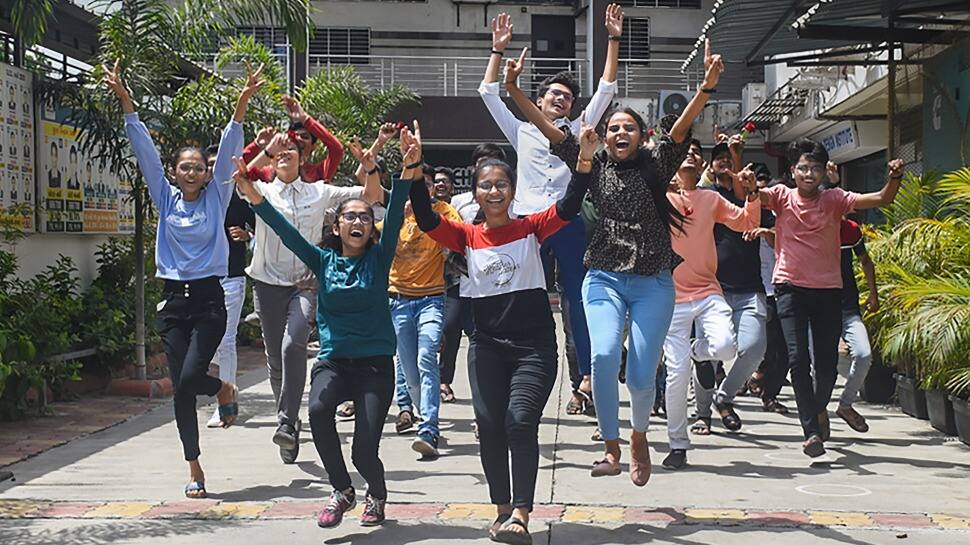
Increasing use of contraceptives and rising education among girls could have contributed to the decline in fertility rates, the government says.
The use of family-planning methods jumped to 66.7% in 2019-21 from 53.5% in 2015-16. That indicated that India's national population policies and health systems were working, the UNFPA told the news agency Reuters.






